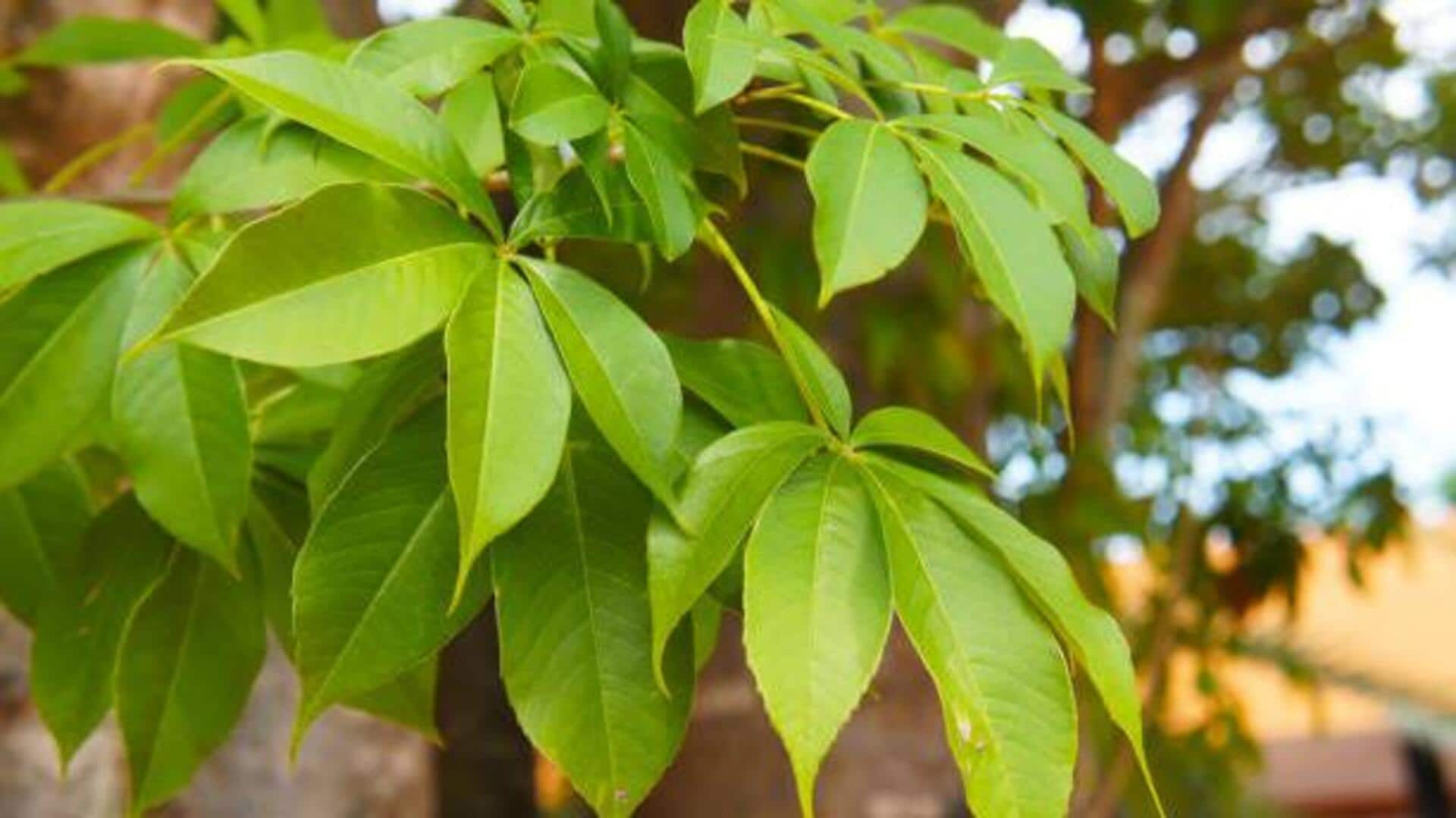Matcha Unveiled: The Basics
Matcha, a finely ground powder of specially grown and processed green tea leaves, stands apart from standard green tea. The cultivation process, which
involves shading the tea plants for about three weeks before harvest, increases the levels of chlorophyll and amino acids. This creates matcha's unique vibrant green hue and distinct flavor profile. Unlike traditional green tea, where the leaves are infused and then discarded, matcha is consumed in its entirety. This allows for a higher intake of nutrients. This method of consumption accounts for matcha's potent antioxidant properties and its potential health benefits.
Matcha's Nutritional Powerhouse
Matcha is loaded with nutrients, antioxidants, and other helpful compounds. Matcha is rich in catechins, a type of antioxidant linked to reducing cell damage and lowering risks of chronic diseases. The primary catechin found in matcha is epigallocatechin gallate (EGCG), associated with cardiovascular and metabolic health. Furthermore, matcha contains essential vitamins and minerals. It has a good source of vitamins like A, C, E, and K, along with minerals such as potassium, iron, and calcium. This nutritional profile supports energy levels, immune function, and overall well-being. The presence of L-theanine in matcha contributes to a sense of calm alertness, counteracting the stimulating effects of caffeine and providing a balanced energy boost.
Matcha and Health Benefits
Studies have explored the numerous health benefits associated with matcha consumption. The antioxidants in matcha have been shown to protect cells from damage caused by free radicals, potentially reducing the risk of chronic diseases, including cancer and heart disease. Additionally, the moderate caffeine content in matcha provides a sustained energy boost without the jitters often associated with coffee. Regular matcha consumption may also support metabolic health. The catechins and other compounds in matcha are believed to promote weight management by increasing metabolism and fat burning. Furthermore, matcha may enhance cognitive function, as the combination of caffeine and L-theanine can improve focus, memory, and mood. The positive effects extend beyond physical health, with many users reporting improved mental clarity and reduced stress levels.
Matcha in Daily Life
Incorporating matcha into daily life is easy. Matcha can be prepared in several ways. The traditional method involves whisking matcha powder with hot water, creating a smooth, frothy drink. Matcha can also be added to smoothies, lattes, baked goods, and other recipes. The key is to find the preparation method that fits your preferences. However, selecting high-quality matcha is important to maximize health benefits. Look for vibrant green powder with a smooth texture and a fresh aroma. Premium grades of matcha are typically produced from the youngest tea leaves. Start with small amounts, and adjust the concentration based on your taste and tolerance. To maintain matcha's freshness and potency, store it in an airtight container away from light and heat. Experimenting with matcha in various ways will not only help you embrace a healthier lifestyle but also enhance your culinary experiences.






